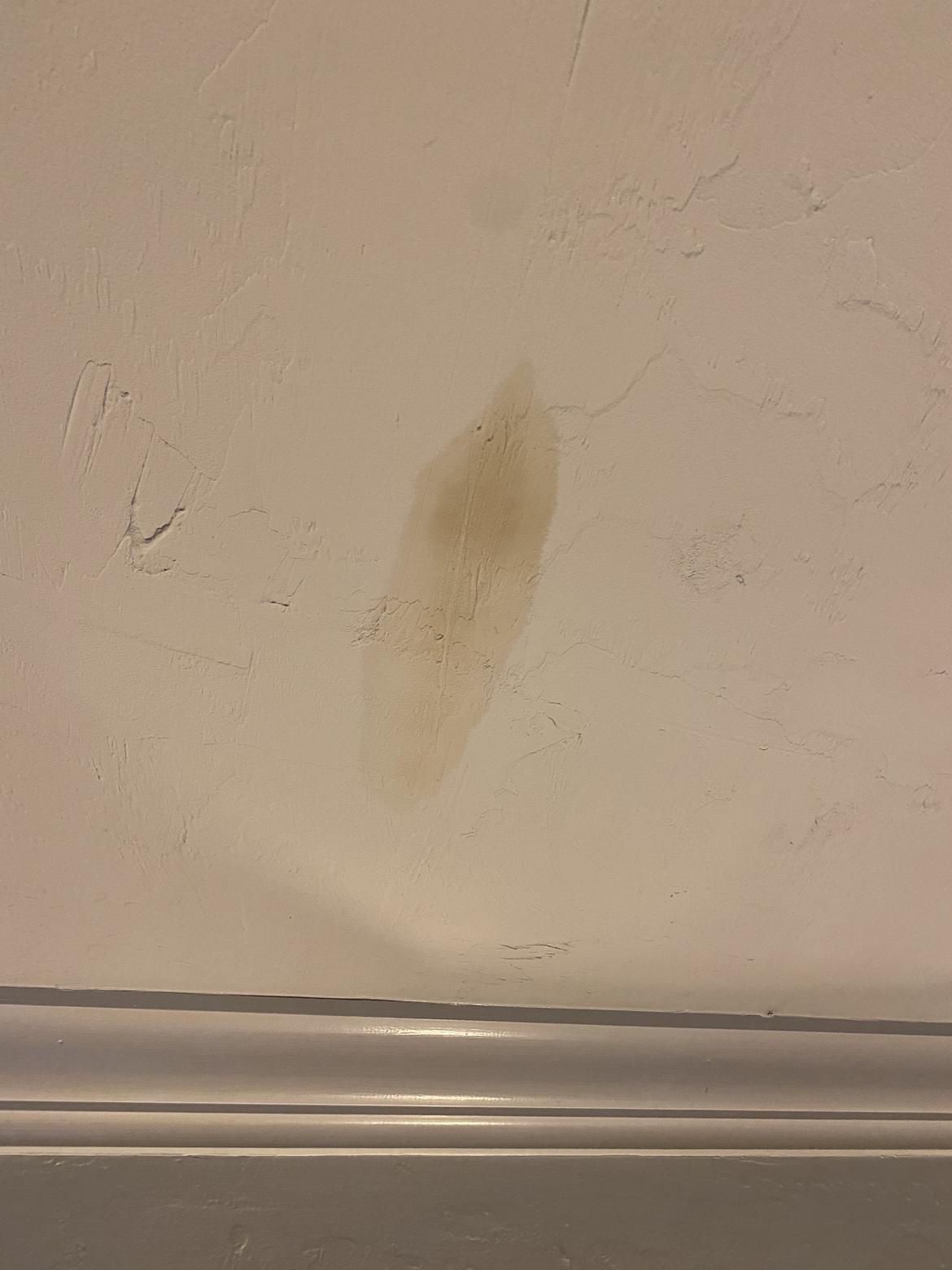We live in north central Florida, in a house mostly built in 1937. It is insanely hot and humid here. 3 years ago we had an entirely need HVAC system installed, including all new duct work and additional returns installed. The air handler is in the attic. They replaced a 5 ton system with a 4 ton system, based on their system analysis.
Subsequent to that, we had a new roof installed, which included ridge vents, in order to duct the attic more effectively.
Ever since the AC was installed, we've had condensing issues. So much so that the system kept tripping the float switch. Eventually they installed a 2nd drain, this one in the side of the drain pan, in order to prevent the drain pan from filling up and tripping the switch.
Initially the contractor, who came highly recommended, claimed the attic was simply too hot and that ridge vents would help. They did not. Since then, the story has been that the system is functioning normally and the level of condensation is commiserate with the conditions. Given that the previous unit, which was having other issues, never condensed like this one, nor did the unit we had in our attic in our previous house, I believe something is wrong.
Fast forward to last night, when my son notice discoloration on his bedroom ceiling. I went up in the attic and, while I couldn't see an active link, the pan was only a hair below the float switch and was, once again, covered in water. Pictures below.
One of the company techs came out and found the bottom duct board in the outflow duct is wet and soft on the bottom. He surmises that the system is pulling so much condensation through that the duct board has failed and is leaking.
I also found what seems to be a large gap in the same area where the duct board has gone soft and wet on the bottom.
So, hive mind, is the system working properly and simply condensing as expected? Or am I being fed a lot of crap? Is the gap on the side an issue or just coincidence?





































